One of the main breakthroughs in the draft, widely welcomed, is the diverse range of preferential professional allowances, spread from 25% to 80% depending on the educational level, region, and type of educational institution, with teachers working in remote, border, and island areas receiving the highest allowance.
Accordingly, teachers teaching in ethnic boarding schools; primary schools in communes in areas I and II of ethnic minority and mountainous regions; island communes, border communes, and safe zone communes as defined by the Government , are expected to receive an allowance of 50%.
Teachers working in preschools in communes classified as Zone I and Zone II in ethnic minority and mountainous areas; island communes, border communes, and safe zone communes as defined by the Government are entitled to a 60% allowance.
Teachers teaching in ethnic boarding schools and educational institutions in areas with particularly difficult socio -economic conditions as defined by the Government are entitled to 70% of their salary.
In particular, teachers in preschools located in areas with especially difficult socio-economic conditions as defined by the Government receive an allowance of up to 80%. In addition, teachers working in difficult areas are also provided with official housing or guaranteed collective accommodation, or receive housing rental subsidies; and assistance with transportation costs, etc.
Ethnic minority and mountainous regions – currently the most disadvantaged areas in our country – account for three-quarters of the natural area and 14.6% of the population. These natural, economic, and social challenges have had a significant impact on the development of education and training.
Over the past period, many policies of the Party, the National Assembly, and the Government on the development of education in disadvantaged areas have contributed to reducing the disparity in access to and quality of public services between regions. However, the quality of education between disadvantaged and more developed areas still has a significant gap, which is quite evident, especially through the results of high school graduation exams.
One of the factors contributing to this disparity is the quality and quantity of teachers in disadvantaged areas, which still face many challenges.
For many years, disadvantaged areas have consistently faced a shortage of teachers. In particular, since the implementation of the 2018 General Education Program, schools have struggled to recruit English and computer science teachers. This is due to the complex terrain, which creates numerous obstacles for teachers' travel.
Living conditions are also inadequate, cultural and spiritual life is limited, and opportunities for career development are scarce. Some teachers, especially young teachers, are not yet secure in their work. Besides teaching in the classroom, teachers in disadvantaged areas also have to take on many other responsibilities, resulting in high work pressure.
In particular, besides the unattractive working environment, teachers' incomes are still insufficient to compensate for the difficulties they face, so when they have the opportunity to work in a better environment with a higher income, teachers choose to leave.
Retaining teachers in disadvantaged areas will continue to be a major challenge without comprehensive and sustainable solutions. Therefore, alongside continued accelerated investment in infrastructure, equipment, and teaching conditions in disadvantaged areas, strong support policies are needed to ensure teachers can work with peace of mind.
The groundbreaking provisions regarding preferential treatment for teachers in the draft Decree are expected to fundamentally address the issue of the quality and quantity of teachers in disadvantaged areas. This is considered one of the key solutions to improve the quality of teaching and learning, narrow the educational gap with more developed regions, and contribute to the goal of educational reform.
Source: https://giaoducthoidai.vn/rut-ngan-khoang-cach-giao-duc-post742176.html






![[Photo] Prime Minister Pham Minh Chinh holds a phone call with the CEO of Russia's Rosatom Corporation.](/_next/image?url=https%3A%2F%2Fvphoto.vietnam.vn%2Fthumb%2F1200x675%2Fvietnam%2Fresource%2FIMAGE%2F2025%2F12%2F11%2F1765464552365_dsc-5295-jpg.webp&w=3840&q=75)
![[Photo] Closing Ceremony of the 10th Session of the 15th National Assembly](/_next/image?url=https%3A%2F%2Fvphoto.vietnam.vn%2Fthumb%2F1200x675%2Fvietnam%2Fresource%2FIMAGE%2F2025%2F12%2F11%2F1765448959967_image-1437-jpg.webp&w=3840&q=75)
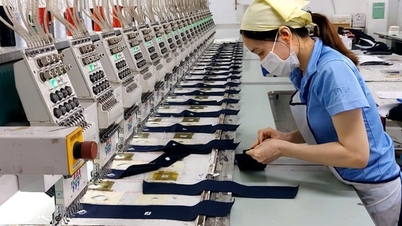



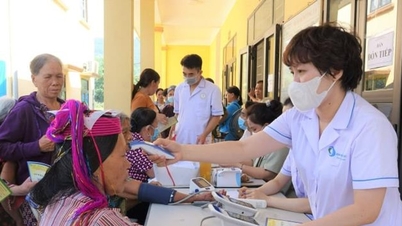


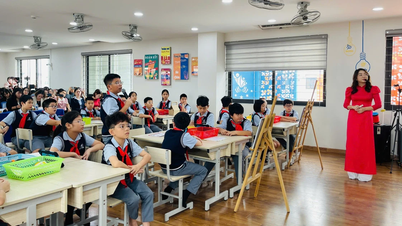
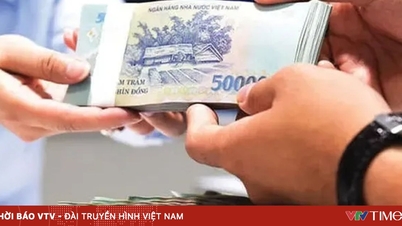
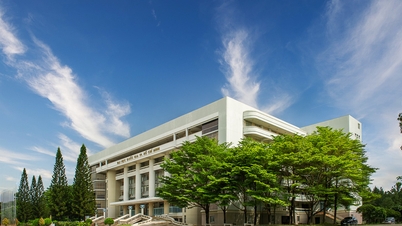

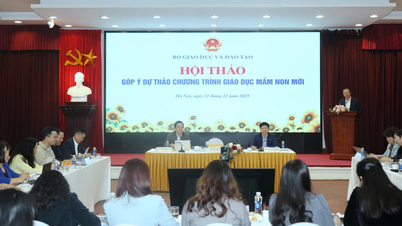


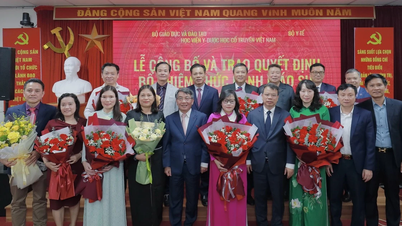
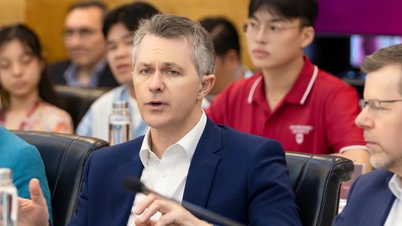

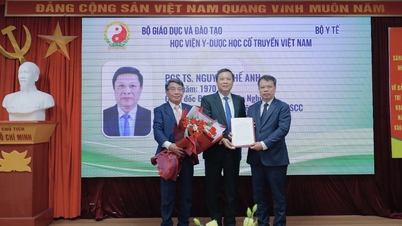





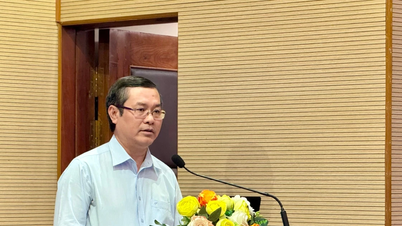
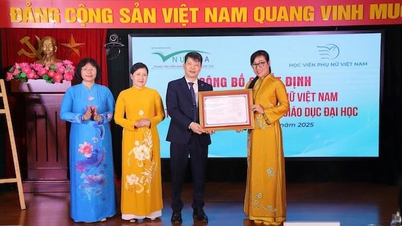
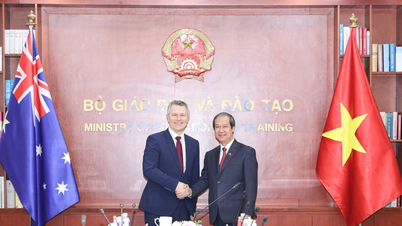

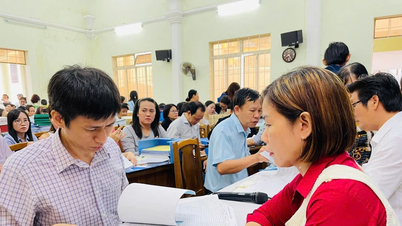
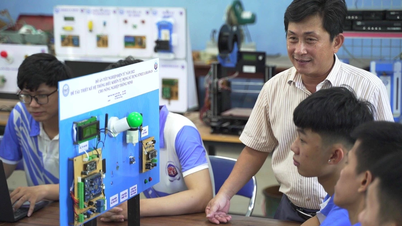
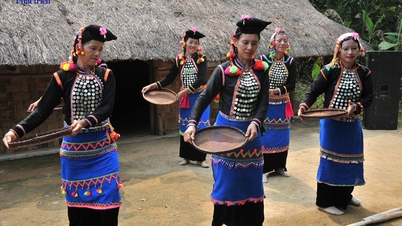

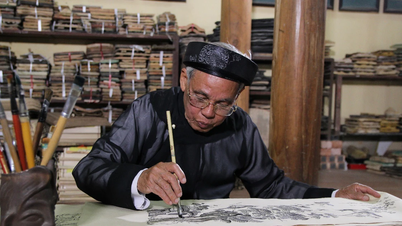



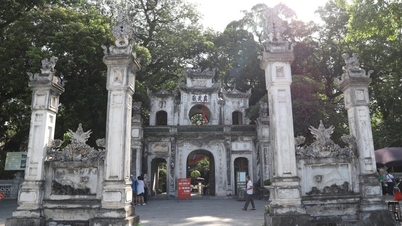

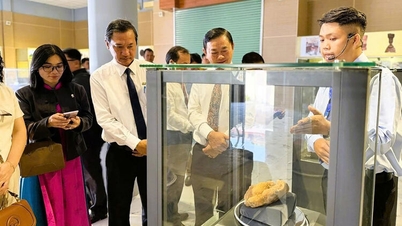

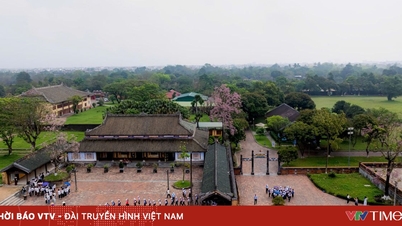
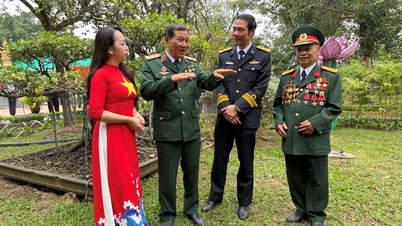



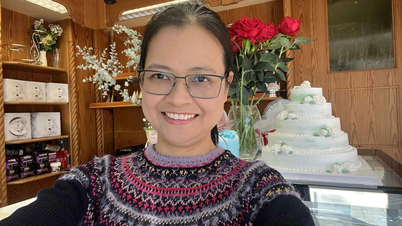

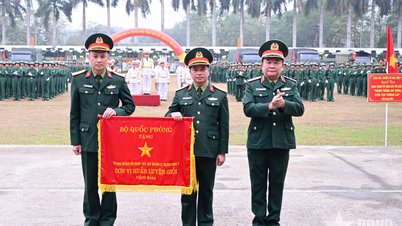
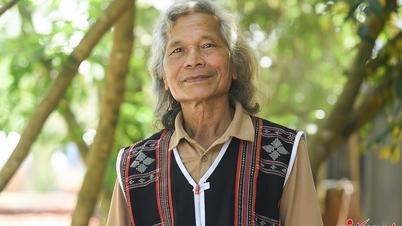



![[OFFICIAL] MISA GROUP ANNOUNCES ITS PIONEERING BRAND POSITIONING IN BUILDING AGENTIC AI FOR BUSINESSES, HOUSEHOLDS, AND THE GOVERNMENT](https://vphoto.vietnam.vn/thumb/402x226/vietnam/resource/IMAGE/2025/12/11/1765444754256_agentic-ai_postfb-scaled.png)



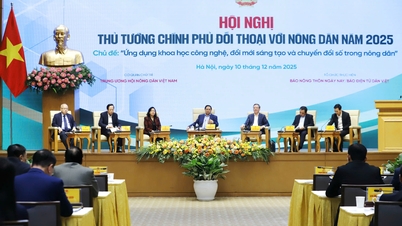





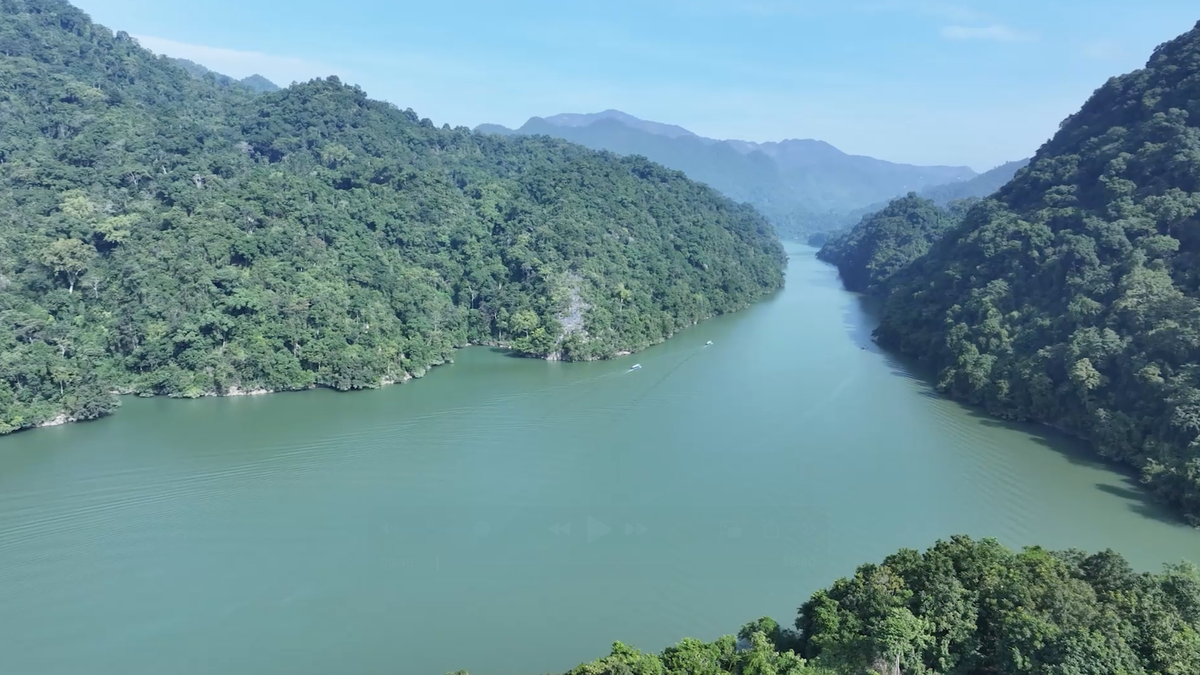





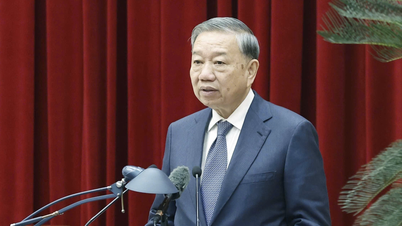
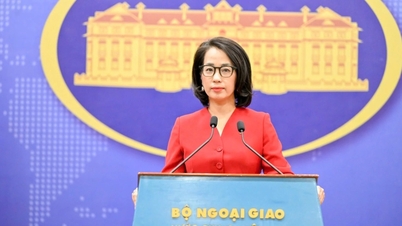




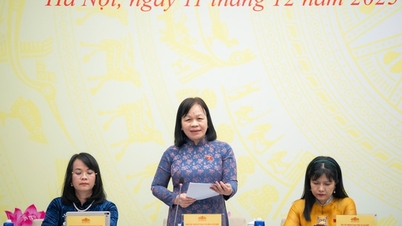

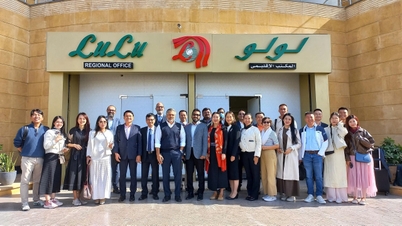

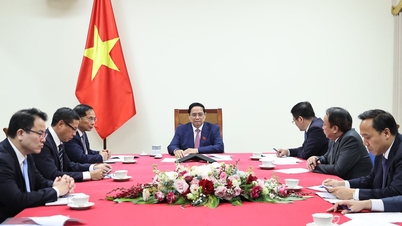

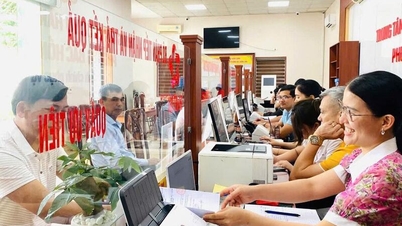
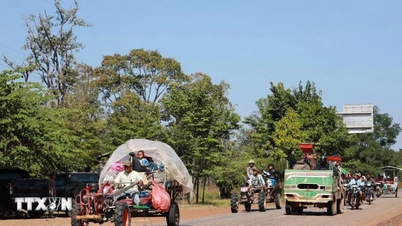

![[Photo gallery] Long Thanh Airport 'lights up' ready to welcome its first flight](https://vphoto.vietnam.vn/thumb/402x226/vietnam/resource/IMAGE/2025/12/11/1765467251707_bia_20251211222704.jpeg)

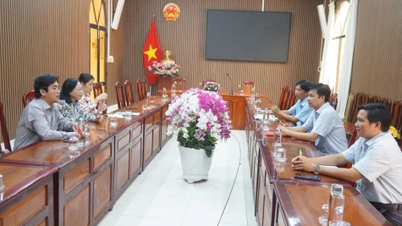


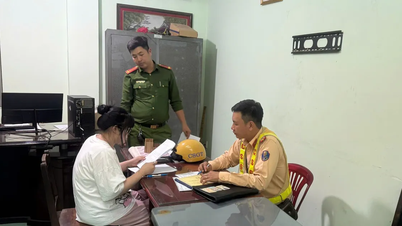
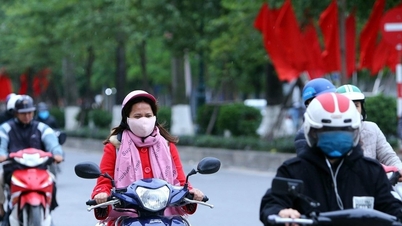



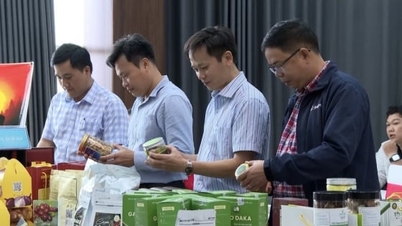







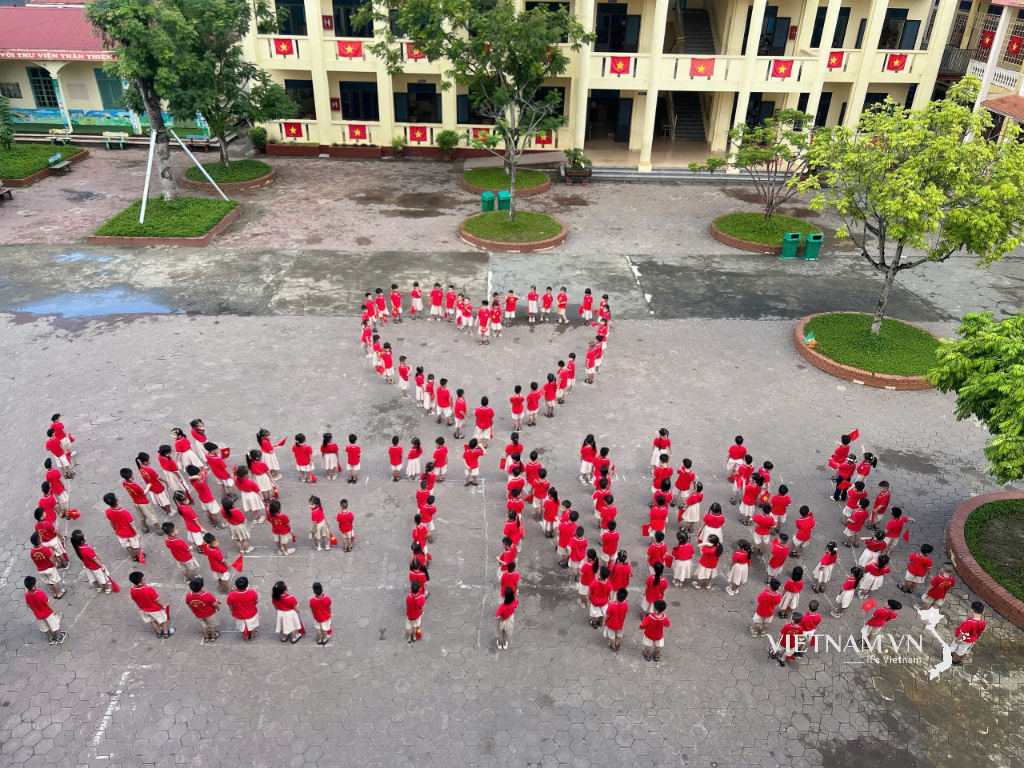



Comment (0)